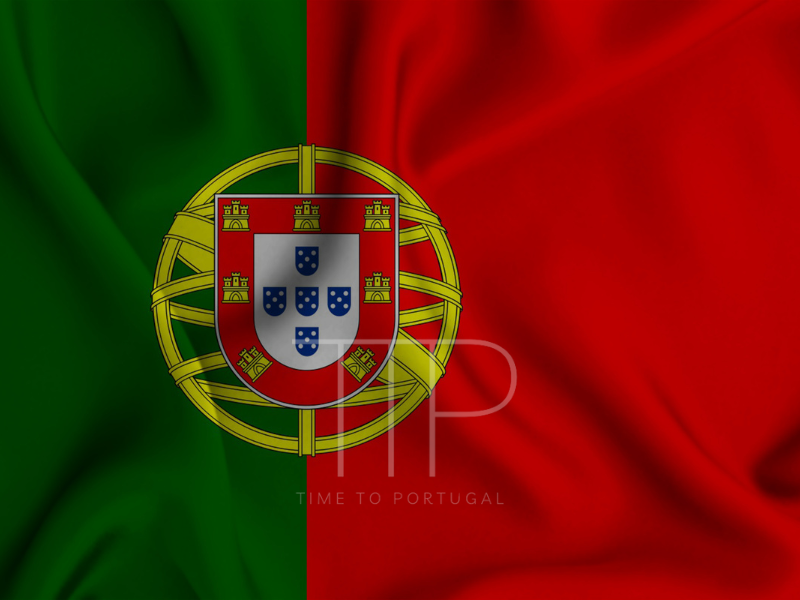December 1st is a public holiday, Restoration of Independence Day. It marks the day in 1640, Portugal regained its independence after decades of Spanish rule.
It was on this day that a group of rebels planned and launched a coup d’état that proved to be a success, restoring independence to the Portuguese people, who were now ruled by King João IV.
The Forty Conjurors invaded the Royal Palace in Lisbon, killed Spain’s representative in Portugal, Miguel de Vasconcelos, and acclaimed the Duke of Bragança as king, beginning the dynasty of the same name.
Discover 5 interesting facts about this day:
1 – The end of 60 years of occupation: after the death of King Sebastião, a succession crisis broke out. Cardinal D. Henrique was crowned, but after his death, the people acclaimed D. António as king of Portugal, who was defeated at the Battle of Alcântara by Spanish forces. He fled to the Azores and then ended up in exile in France, beginning the Philippine dynasty in 1580, which marked a new Spanish domination of Portugal.
2 – The location of the plan: The coup d’état was planned in several secret meetings at the Palácio da Independência, in Largo de São Domingos, near Largo do Rossio, in Lisbon. It was there that the 40 nobles who wanted to overthrow the Spaniard Filipe III from the throne conspired, more precisely in an annex, known at the time as the palace of Antão Vaz de Almada.
3 – Antão Vaz de Almada: He was one of the 40 Conjurors and is considered by many historians to be the leader of the movement against the Castilian government. His palace came to be known as the Palace of Independence for this reason and it is believed that the coup plotters met at Antão Vaz de Almada’s house just before heading to the Paço da Ribeira, where they killed the representative of the Spanish crown in Portugal.
4 – Catalonia was a factor: At the same time, the War of the Segadores in Catalonia served to divert the attention of the Spanish crown, which at the time was fighting other wars with territories other than Portugal, and this conflict proved to be essential to the success of the efforts to restore independence.
5 – Spain only recognized independence 28 years later – Although the coup took place on December 1, 1640, it wasn’t until 1668 that Portugal and Spain signed the Treaty of Lisbon, with the aim of creating peace between the two countries and promoting the recognition of Portugal as a kingdom.

